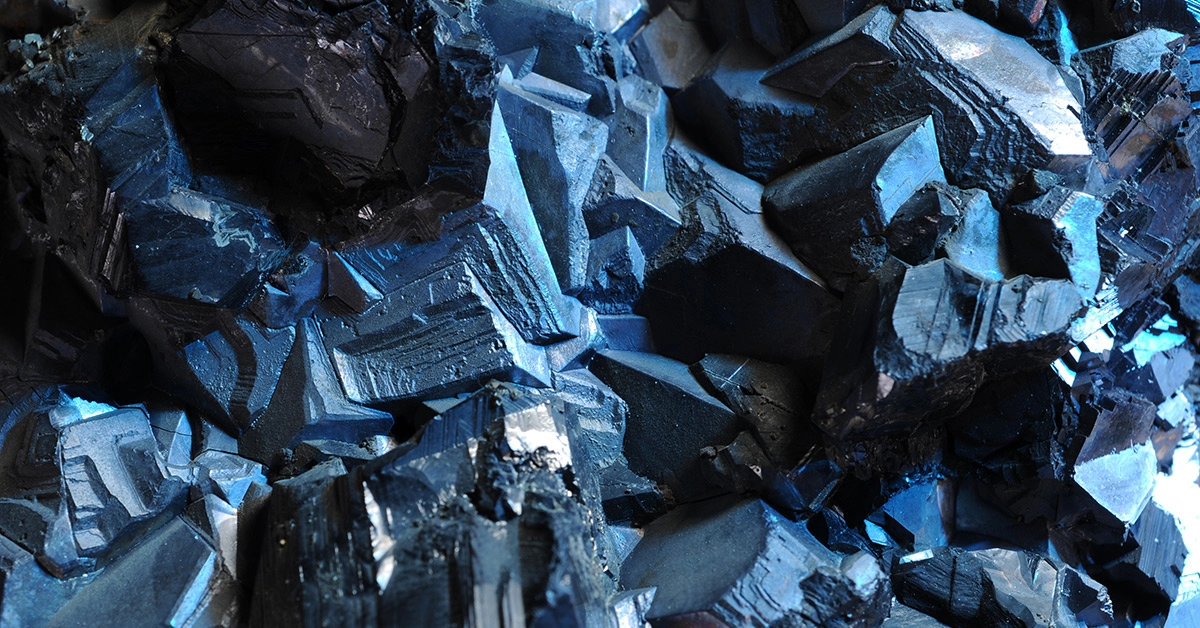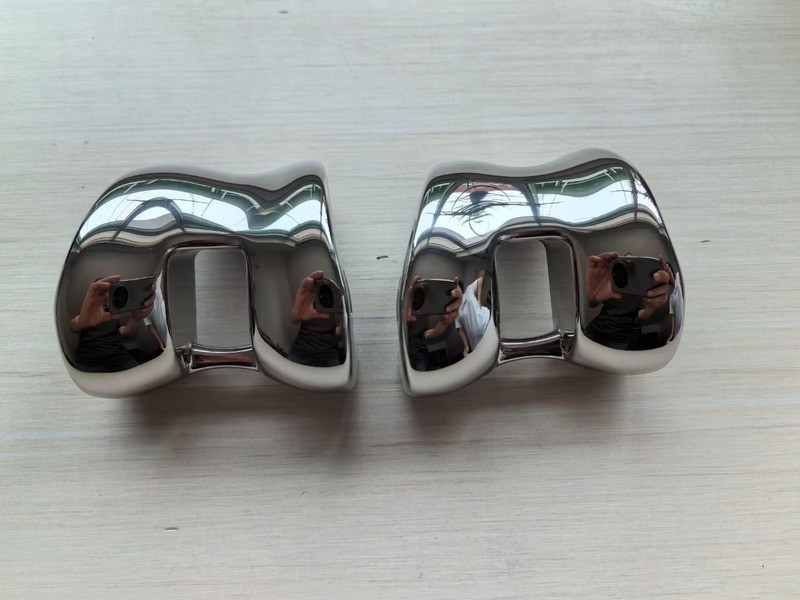Discover if cobalt is a magnetic material its ferromagnetic properties atomic structure and key uses in magnets batteries and high temperature tech.
Ever wondered is cobalt a magnetic material or just another shiny metal on the periodic table? The answer is a clear and confident yes: cobalt is ferromagnetic, one of the rare elemental metals that hold a permanent magnetic charge at room temperature. But what makes cobalt’s magnetism stand out from metals like iron or nickel? And why does this matter for everything from electric vehicles to cutting-edge medical devices? Stick around—because understanding cobalt’s magnetic powers isn’t just science—it’s the key to unlocking next-level technology.
The Science Behind Cobalt Magnetism
Cobalt is indeed a magnetic material, and its magnetism stems from its atomic structure. At the heart of this is the presence of unpaired electrons in cobalt’s outer shells. These unpaired electrons generate tiny magnetic fields, which align in the same direction, creating a collective magnetic effect known as ferromagnetism. This property makes cobalt a strong candidate for magnetic applications.
To understand cobalt’s magnetism fully, it’s important to look at three key magnetic metrics:
- Permeability: This measures how easily a material can support the formation of a magnetic field within itself. Cobalt has high magnetic permeability, meaning it efficiently channels magnetic lines of force.
- Coercivity: This refers to the resistance of a material to becoming demagnetized. Cobalt exhibits a high coercivity, which helps maintain its magnetism even under external magnetic disturbances.
- Saturation Magnetization: This describes the maximum magnetic strength a material can achieve when fully magnetized. Cobalt’s saturation magnetization is notable, making it ideal for powerful magnetic applications.
Together, these factors explain why cobalt is a strong and reliable magnetic material, used in many advanced technologies today.
How Cobalt Compares to Other Magnetic Metals

When it comes to magnetism, cobalt stands shoulder to shoulder with iron and nickel—the three main ferromagnetic metals. Each has its own strengths and trade-offs, especially important for buyers and users in the U.S. market.
- Cobalt vs IronIron is the most common magnetic metal. It has strong magnetic permeability, meaning it easily becomes magnetized. However, cobalt offers higher curie temperature, which is the point where it loses magnetism. This makes cobalt better for high-temp applications like electric vehicle (EV) motors and aerospace.
- Cobalt vs NickelNickel is less magnetic than cobalt but tends to be more resistant to corrosion. Cobalt strikes a balance with good coercivity (resistance to demagnetization) and decent corrosion resistance, especially when used in cobalt alloys.
- Going Beyond the Big ThreeFor stronger, more specialized magnets, rare-earth metals like samarium and neodymium outperform cobalt, iron, and nickel by a wide margin. For example, samarium cobalt permanent magnets are prized for their high coercivity and stability even in extreme conditions. However, these rare-earth magnets come with a higher price and sometimes supply chain concerns.
- Nonmagnetic AlternativesIn some cases, nonmagnetic materials are preferred for specific uses like shielding or electronic components where magnetism could be a downside. But in terms of pure magnetic power balanced with durability and heat resistance, cobalt remains a key player.
In short, cobalt offers a unique mix of high temperature tolerance, decent strength, and corrosion resistance that makes it a reliable choice where iron or nickel might fall short. It’s especially valuable in the U.S. market for next-gen tech, including EV batteries and motors, where performance under tough conditions matters most.
Real World Applications Where Cobalt Magnetism Powers Innovation
Cobalt’s magnetic properties make it a go-to material in many everyday technologies across the US. You’ll find cobalt in permanent magnets, especially in samarium cobalt magnets, prized for their high coercivity and stability even at high temperatures. These magnets are essential in devices like hard drives and electric vehicle (EV) motors, where reliable magnetic performance is key.
Beyond magnets, cobalt’s role in advanced alloys boosts strength and durability in aerospace and industrial tools. Its magnetic nature also contributes to battery technology, powering the growing market for EV batteries thanks to cobalt’s efficiency in energy storage and stability.
In healthcare, cobalt’s magnetism is used in medical devices, such as MRI machines and implantable sensors. The ability to magnetize cobalt cleanly and consistently is important, involving precise processes to ensure optimal magnetic properties without damaging the material.
To get the best out of cobalt magnetism, manufacturers use specialized magnetizing techniques. These ensure strong, stable fields in high coercivity materials, making cobalt indispensable in fields that demand innovation and reliability.
Limitations and Future of Cobalt Magnetism
While cobalt is a strong magnetic material with useful ferromagnetic properties, it does have some limitations. One big challenge is its temperature threshold—cobalt’s Curie temperature, where it loses magnetism, is about 1,115°F (601°C). This means it can handle higher temps better than iron or nickel, but extreme heat can still reduce its magnetic strength. For applications dealing with very high temperatures, this is something to keep in mind.
Supply risks also play a role. Cobalt is less abundant than iron or nickel and is often sourced from regions with geopolitical and ethical challenges. This can lead to price volatility and supply shortages. As industries in the U.S. push for more EV batteries and high-performance magnets, securing a stable cobalt supply is critical.
On the innovation front, researchers are working on new cobalt alloys and alternatives that either improve magnetic performance or reduce cobalt use. For example, samarium cobalt permanent magnets combine cobalt with rare earth elements to deliver high coercivity and temperature stability. Other efforts focus on recycling and developing noncobalt magnetic materials to ease supply worries.
In short, cobalt’s magnetic future looks promising but needs smart handling of heat limits and supply risks. Innovations will likely keep cobalt relevant in cutting-edge tech while balancing cost and sustainability.

